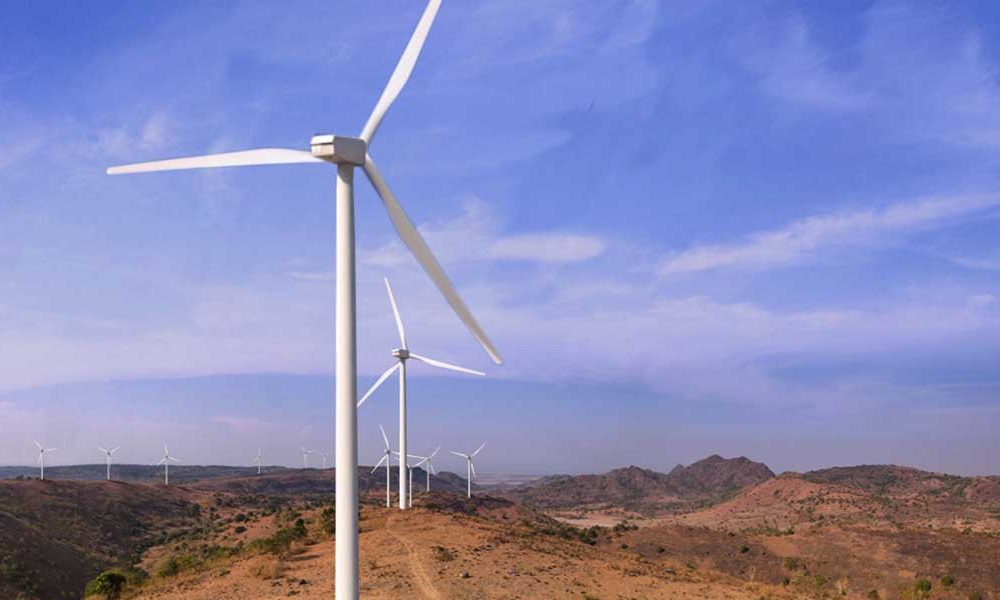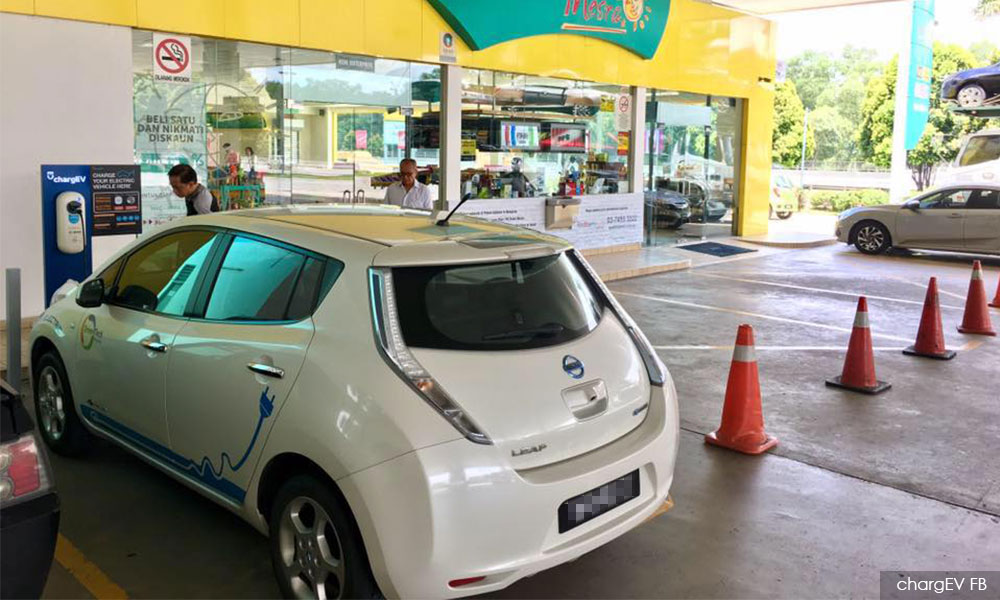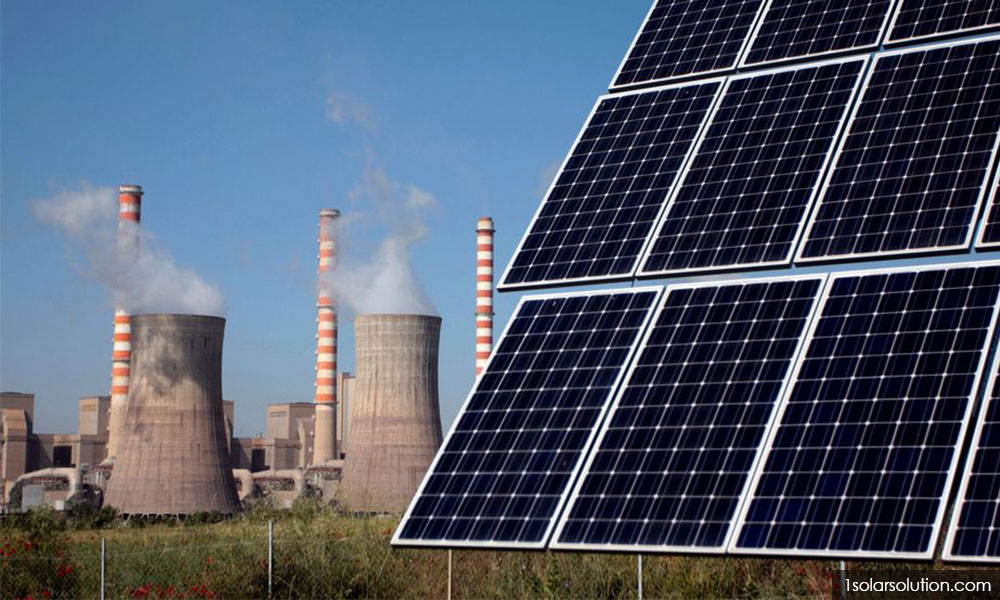COMMENT | Prime Minister Dr Mahathir Mohamad recently made the announcement that Malaysia would not be exploring nuclear energy. He made it clear that nuclear energy, though cheap, is not safe and the disposal of nuclear waste still is an unsolved problem in science.
Moreover, scoring obvious political points, Mahathir also mentioned that the fifth and sixth prime ministers both did not agree with his policy, and since he is back, this will be the policy going forward. As with a few policies that he holds to, this is archaic and short-sighted.
This is not me swiping the government for cheap points as some might assume; I have been quite happy with most developments so far. To give credit where credit is due, the government also announced the setting up of the IPCMC and the Ombudsman position, both steps which are crucial to ensuring the strengthening of public offices and preventing corruption.
Moreover, the appointment of famous lawyer Azhar 'Art' Harun as Election Commission chief shows a true commitment towards reforming the administration of elections in Malaysia, and I am sure gerrymandering will be the prime issue that will be tackled.
Now that the compliments are out of the way, in all seriousness, nuclear power is undoubtedly the cheapest, cleanest and safest form of energy known to man. When Mahathir pointed to Chernobyl and Fukushima, he did not take into consideration the time factor when it comes to assessing safety.

While the potential human toxicity scale of nuclear energy is indeed large, the likelihood is so small that the actual impact becomes minuscule. Chernobyl, Three Mile Island and Fukushima are indeed catastrophic, but have a tendency to be overstated. When the thousands of hours of nuclear energy production is taken into consideration, the impact of this power is relatively small.
Take, for instance, Chernobyl itself. It is estimated that, in total, 4,000 to 6,000 lives will be claimed by the disaster, including everyone from direct victims to people born with genetic mutations well after the incident.
In comparison, in the United States, 7,500 people will be killed by particulate matter from coal plants per year. And that it not even including the effects of climate change, mind you.
So, when Mahathir says Malaysia will continue to be sustainable in his speech to the UN General Assembly, but insists on relying on coal for energy, going so far as to say we have untapped coal potential, what he’s really saying is greater unseen human deaths are fine, so long as grandstanding against a viable means of producing electricity remains popular.
Let us not be swayed by the notion that even renewables are enough. If we compare the amount of power produced by renewables to nuclear power plants, it’s embarrassing how much lower the former is.
To generate the same amount of electricity as a nuclear power plant, the land usage itself would be tens, if not hundreds of times, larger for wind and solar power.
Public perception
For a good comparison, let’s look at the Gansu Wind Farm, one of the largest wind farms in the world. Its capacity is nearly 7,900MW, but to achieve this, it took 7,000 wind turbines in the Gobi Desert. The Roscoe Wind Farm in Texas has 627 wind turbines and produces 781.5MW of energy, stretching over 405sq km.

Sound reasonable? Well, the Kashiwazaki-Kariwa Nuclear Power Plant takes up a space of just 4.2sq km and pumps out – wait for it – 8,212MW of electricity. The Bruce Power Generating Station Project in Canada generates 4,700MW of energy from just 9.3sq-km of space.
Solar farms are a little better, with the Kurnool Ultra Mega Solar Park in India producing 1,000MW of energy over 23sq km.
This is not taking into consideration the material usage or environmental impact. Each wind turbine would need the rare earth element neodymium to make permanent magnets, tonnes of steel (and concrete especially for offshore wind energy generation), and certain changes to the connection to the grid (especially due to the variability of renewables).
Solar photovoltaics need metals such as cadmium and indium, some even in toxic compounds. How much of these would be needed, one wonders, if they are to be scaled up to match fossil fuels?
In fact, insofar as safety is concerned, nuclear energy is the safest among all. Per 1,000 terawatt hour (TWh) nuclear energy kills 90 people. Seems like a lot until one considers, for the same amount of energy produced, coal kills 100,000 people, solar kills 440 and wind kills 150. This is inclusive of Chernobyl and Fukushima, with long terms effects as well.
This is disregarding the huge amount of knowledge and work being put into safety that would reduce this number even more. So what are we really fighting when we fight against nuclear energy? Public perception.
Truly, political and social sentiments about nuclear energy are holding it back, way more than technological prowess. A huge sum of money is lost in regulatory costs and building plants are slowed by unresponsive governments fuelled by cool support from the public. We must reassess what our enemy is.

Right now, the biggest quandary facing the world is an overdependence on fossil fuels. However, renewable energy is just not ready to significantly reduce this dependence.
While the cost of energy produced from renewable sources is indeed cheap, taking into consideration how much energy can be produced per land size or unit generator, there’s not as much energy that can be extracted right now.
Coal, on the other hand, is cheap to buy and plentiful. The amount of electricity produced ensures the price of electricity produced is low and the research and development costs are basically nil. Why wouldn’t an investor go into energy production from it? Economically, it just makes sense.
Post-truth era
Nuclear energy, on the other hand, does incur a huge cost at the beginning of operations. However, the operating costs are low. With proper governmental support, investment in this technology can be recouped relatively easily.
Moreover, fuel transportation costs are cut as well, since each reactor would only need to be filled with fuel once a year, whereas coal-fired power plants would need many loads of fuel per day.
Solar and wind power have even lesser fuel transportation costs, but the availability of solar radiation and strong enough winds are intermittent. Large-scale hydroelectricity solves this problem but is also subject to the availability of proper sites and causes great loss of habitat and indigenous residential sites.

According to Lazard, which produces reports on the outlook of electricity production by different energy sources and is widely considered to be the industry standard, while the cost of renewable energy has lowered to where it outperforms fossil fuels and nuclear energy, the cost of the storage of this electricity has the potential to cause the total electricity cost to increase by quite a bit.
In fact, according to Hirth et al, the costs associated with integrating renewable power plants to the grid can be up to 50 percent of the production costs. Lazard even goes so far as to say that renewable energy will not be able to provide the baseload generation needs, hence a mix of conventional and renewables have to be considered.
So, which of the conventions are we thinking of keeping, between fossil fuels and nuclear energy? One kills thousands upon thousands of people per year, directly and indirectly (through pollution and global warming) while the other, mostly, just has a bad rep.
The energy mix of the future should be dominated by renewables, but the supporting player has to be a nuclear power. In fact, we haven’t even touched upon the innovations that are currently becoming the face of tomorrow’s nuclear energy.
Small modular reactors, fast breeder reactors, thorium reactors (for which Malaysia already has large fuel reserves of) and extracting uranium from the ocean are all technologies that will increase the efficiency, cost competitiveness and sustainability of nuclear energy (the latter opening up the possibility of powering the Earth for hundreds of thousands of years).
We are now living in a post-truth era, where sensationalism takes centre stage on many issues. However, when it comes to energy generation, we must look at the facts as soberly as possible.
We are talking about lives and livelihoods here – so simply riding on the wave of uninformed opinions is not enough. It is clear that to save our Earth, along with thousands upon thousands of lives, we need to invest in nuclear energy alongside renewables. Coal is simply unacceptable.
ARVEENT SRIRANGAN KATHIRTCHELVAN is chief coordinator of #Liberasi, an organisation committed to revising outdated perceptions on certain social issues.
The views expressed here are those of the author/contributor and do not necessarily represent the views of Malaysiakini.

